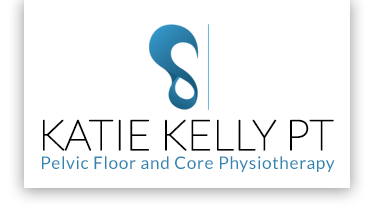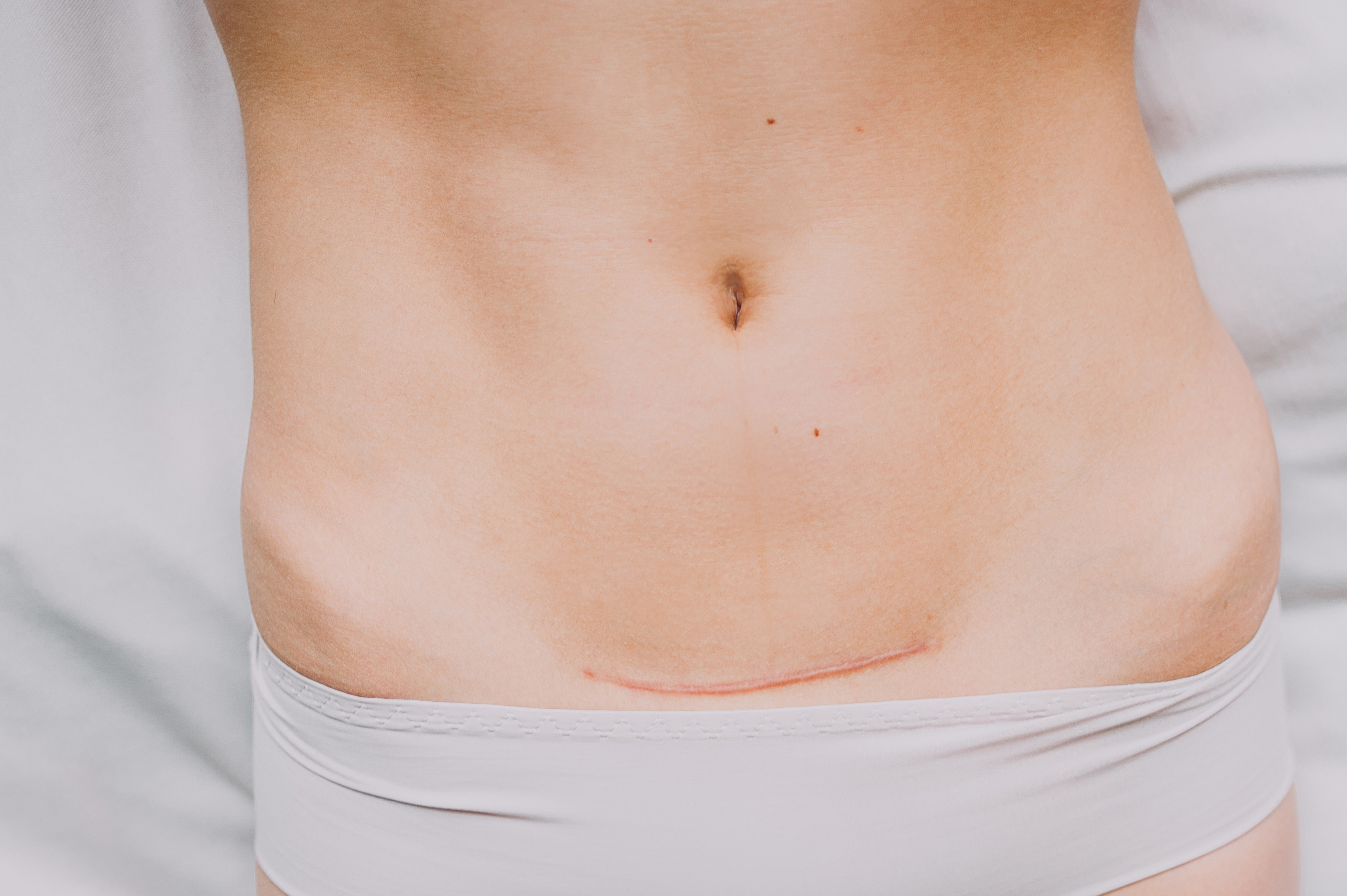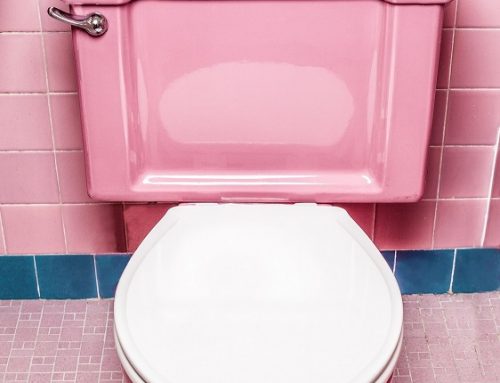A ceserean section delivery is no walk in the park. It is a major abdominal surgery. In physio school we painstakingly learn how to rehabilitate people after a surgery. We teach how to apply pressure and splint a thoracic surgical incision, we teach belly breathing, we caution against heavy lifting and breath holding and we strengthen the muscles around the surgical site. However, for some reason, a C-section is largely excluded from all of this. We throw all of our post -surgical rehabilitative knowledge out the window.
A new mom is handed a baby, and (hopefully) after advice on lifting and wound care, is sent out the hospital door. Sometimes you’re reminded that you shouldn’t lift more weight than the baby in the car seat; sometimes you are reminded that you might not be insured to drive for a few weeks; sometimes you might be given advice about breast feeding positions that don’t hurt your incision site. Or sometimes not…
Now, I am not blaming nurses or doctors AT ALL. In fact, the maternity ward nurses and my obstetricians have saved my tush (and more intimate areas) on more than one occasion and have offered me some great advice regarding post-natal care. However, it just seems to be the nature of Mommy – hood. As new moms we dismiss a lot of great advice… Take care of the new baby… I can sort myself out later.
Usually, any serious problems with a C-section incision are caught on follow-up visits with the doctor. But even a well healed, really good scar is, well….scar tissue. It is still a cut through abdominals and an organ, it still pulls on the skin, it still causes a little pouch to rest on top of it. It can affect how you use your core muscles, your spine and hip flexibility, your posture and your pelvic floor muscles. In my opinion, it should be rehabilitated. Especially if someone feels that there is an issue. I’ve seen weakness, inflexibility and pain associated with a poorly rehabilitated incision site.
So what do I do with C-section incisions?
Techniques To Cope with Pain:
Pain levels are very different for different people. For some, walking to the bathroom after a C-section is a major challenge while others are up and about with ease. For those in pain, usually positions that pull the incision site are the most bothersome. It might take a number of days to be able to lie down flat, comfortably. Or to stand up straight. Don’t rush it. Stack pillows behind your back to support your spine in sitting. Recline as much as you comfortably can. Slowly get yourself back into an upright position. I will also encourage women to use a small pillow or rolled towel to gently press up against the surgical site when they have to cough, get up from sitting, or even for a bowel movement. Or for some women I recommend thoracic binders, or belly wraps to help support the abdomen. This support can help ease the pain.
Sometimes, just resting the baby on the incision site can be painful. I especially hear about this with mother’s who breastfeed. If a nursing pillow is uncomfortable you can try using two pillows placed across your abdomen in a V shape. So, a pillow from the right hip towards the pubic bone, and one pillow from the left hip towards the pubic bone – covering the incision.
Scar Massage:
Once cleared by the doctor (usually around the 6 week mark), massage techniques that move the scar around are encouraged. Circular movements, pressure moving the skin up, down, side to side and even trying to lift the skin up off the surface help improve flexibility of the scar. A technique called skin rolling, where you lift the skin gently and ‘roll’ it across the abdomen is useful. Sometimes I even use silicone cups, suction or instruments to help with tissue mobilization.
Exercise:
Breathing exercises designed to get the diaphragm working are often encouraged. This is pretty typical following many abdomino-thoracic surgeries to improve lung expansion, help with gas exchange, lung secretion (ie: phlegm) clearance, abdominal tone, blood circulation and relaxation (Karyaka et al, 2011). It also helps to get the core working again. Yep – the diaphragm is the top part of the core, and needs to be working so that the whole core can function well as a support system (Hodges et al, 2000).
Stretches or ‘Range of Motion’ exercise are recommended to regain full mobility of the low back, middle back, ribs, hips and pelvic joints. I usually find that women have difficulty arching the low back backwards or stretching the thigh backwards following a C-section. Gentle and progressive strengthening can also be done for the pelvic floor, core, buttocks, thigh muscles, back, hips and abdominals. Each woman has her own set of issues and so the exercises vary from patient to patient.
Let’s not ignore C-section scars! If you think that yours needs some help, talk to your doctor about how to find a women’s health physiotherapist who can develop a rehabilitation plan for you!
Katie Kelly, Physiotherapist
BSc., MSc. PT
References:







